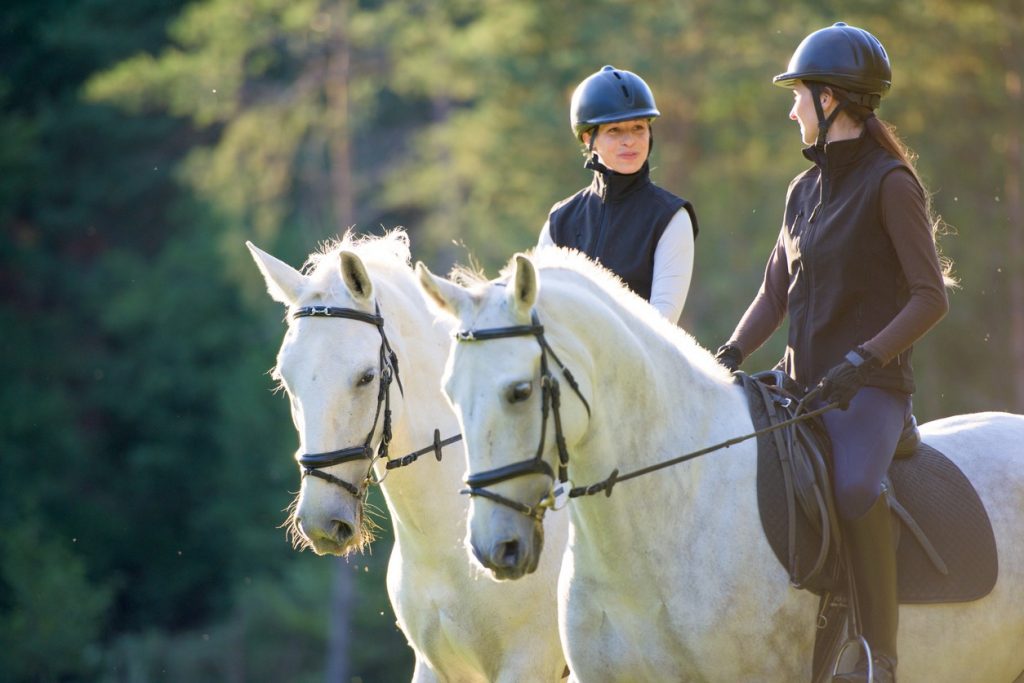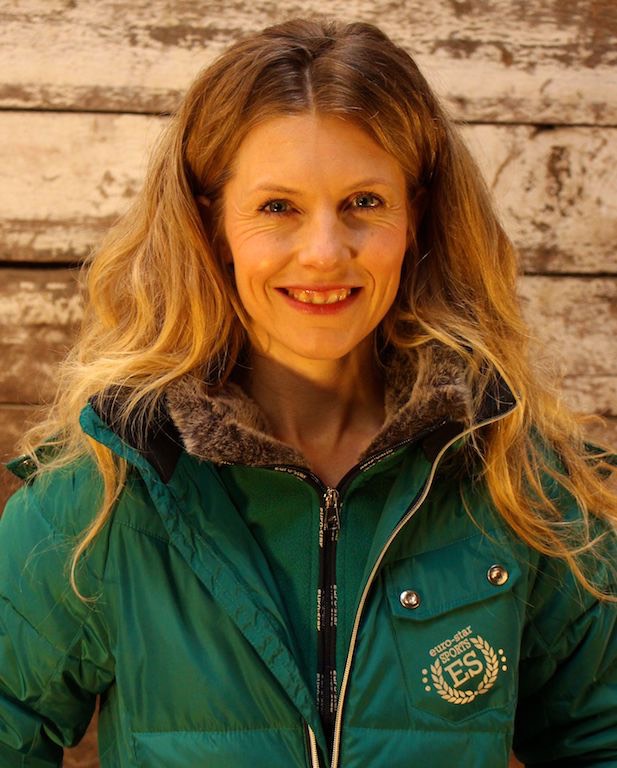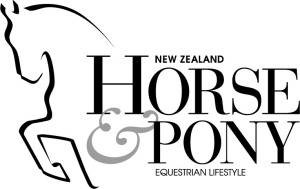
When it comes to setting goals for the season ahead, many of us fluff around. Our dreams and aspirations for ourselves and our horses exist in a haze of vagueness and ambiguity that often sees us selling ourselves short, or spinning round in circles and not making the kind of progress (or gaining the results!) that we are capable of.
If you think that goal setting is something that is reserved only for the elite competitor or for the exceptionally driven, I encourage you to think again.
Developing ambitious goals and locking in a strategy is a key element in your ability to maintain motivation, extend yourself beyond your current level and capability and ensure that you have a created a positive pull that is drawing you closer towards your ideals.
Although it can seem counterintuitive, creating goals is not a process of working from the point you are now to where it is you want to be; instead, what we want to do is project ourselves forward to the ideal and then reverse engineer our way back.
The catch point that we often get snagged on at this stage is that our ability to create exciting, audacious goals for ourselves is directly related to the mental framework that we are operating from. Our capacity to see something in the future that is greater than our current riding reality is reflective of our level of belief and expectation in our horses and ourselves in the present moment.
In other words, how certain are we that we are going to be able to produce the result that we are after?
Creating goals with scope that reflect what you are truly capable of requires a leap of faith; in the first instance, you don’t want to concern yourself too much with how you are going to get there. What you need to do is divorce yourself momentarily from past experiences and results, and allow yourself to step into a space where you feel a sense of positive possibility about the future. Doing so means that when you go about creating your goals and your strategy, you are in a proactive and resourceful headspace. Creating goals whilst you are camped out in Camp Crappy means that you are more likely to be operating from a pre-conditioned framework rather than one that reflects what ultimately you would like to be moving towards.
Optimism v realism
The question that often arises at this point is: how do I know if my goal is expansive and exciting as opposed to unrealistic? For the most part, it is often not the goal that is unrealistic, but the time frame that we set to achieve that goal within.
Assessing the feasibility of a goal comes down to truthfully assessing four main quadrants in relation to the set goal; the skill level and competency of the rider, the mindset and confidence level of the rider, the skill and physical aptitude of the horse, and the ability for the horse to cope emotionally with what is being asked of him.
In both instances, skill and competency levels are time-dependent entities. In order for us to develop to a certain level of competency and technical capacity in any discipline, we need to ensure that we have put in the time to develop those skills.
The same is true of the horse. When positioning this against your goal, consider whether it is a reasonable ask to expect to be able to follow through on this goal. Any results in either direction are not roadblocks; they are simply feedback that you can use to inform your strategy.
If you need to up-skill, how are you going to do so? If you lack confidence, what you are doing to do to get the skills that you need?
Think of it this way; goals are not there just as something to ‘tick off’. Their real purpose is to provide us with a line of positive tension that guides us in the direction that we wish to go, and provide us with the ability to measure and feel a sense of progress moving forward.
Progress is ultimately what we want to be experiencing; consequently, I prefer to set my expectations slightly higher than is ‘realistic’, in order to ensure the greatest amount of effort is invested in achieving the result, regardless of whether that result is actually attained.

Let’s explore the key points to keep in mind when setting goals and developing a strategy for the season ahead.
Ensure you have progression. Progression means that your goals for the beginning of the season are different from the end of the season. Based on your training at the moment, what goal would you like to set for yourself at the beginning of the season? And then keeping that in mind, how will your level of expectation, and consequently your goal, differ for the end of the season?
Set a results-based goal… and then focus on what’s required to get there. Results-based goals are measurable and achievement-focused. For instance, to get a score of 72% in a Level 6 dressage test at Horse of the Year, is an example of a results-based goal. Whilst results-based goals are important to create, they are ultimately outside of our control and influence. The purpose that they primarily serve is to inform our process goals, which is what follows on.
Set your process goals. Your process goals are your ‘what it takes’ goals. Continuing with the example above, what is it that you need to take care of, pay attention to or be proactive about in order to maximise your chances of achieving that result? It might be the you need to make sure that your horse is in front of your leg and you ensure you have good rhythm and impulsion. Taking care of this means that you are maximising your chances of performing in the way that is needed in order to produce the result you are after. Process goals are powerful because they not only provide you with tangible and practical points of focus on the day of competition, but they are also used to inform your monthly, weekly and daily training plans. Results goals inform your processes, and your processes inform your actions.
Predict the future in advance. Up until this point we have been very future-focused, but it is also important to consider any patterns of experience or behaviour that you notice becoming a regular occurrence when competing. The past does not necessarily equal the future, but it does if we blindly move forward, experiencing the same outcomes without initiating any changes. Reflecting back on your past season, or past few competitions, were there any unwanted patterns you can identify that you would like to change? Assessing this essentially gives you the ability to predict the future in advance. Look to objectively reflect on your past experiences, and then create a plan for how you can manage or action things differently moving forward.
Creating a vision and goals for the season ahead is a vital part of setting yourself up for success. Not only does it allow you to connect with the wider dream of where you are heading, but it provides clarity as to the strategy to need to put in place and the actions you need to take to get you there.
About the Author

Jane Pike is an equestrian mental skills coach at www.confidentrider.online. She specialises in giving riders the skills they need to ride with confidence and joy, and the mental fitness to be focused, on form and in the zone for competition.
- This article was first published in the September 2017 issue of NZ Horse & Pony








